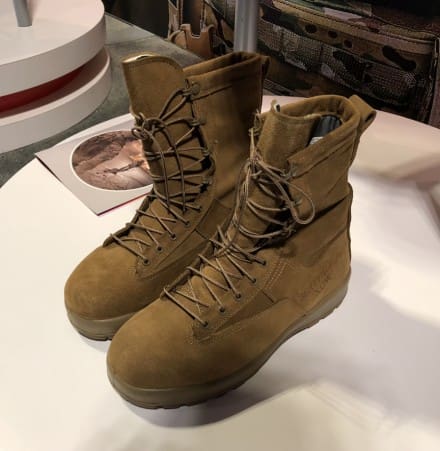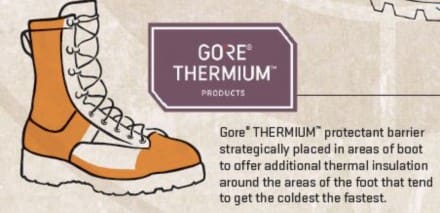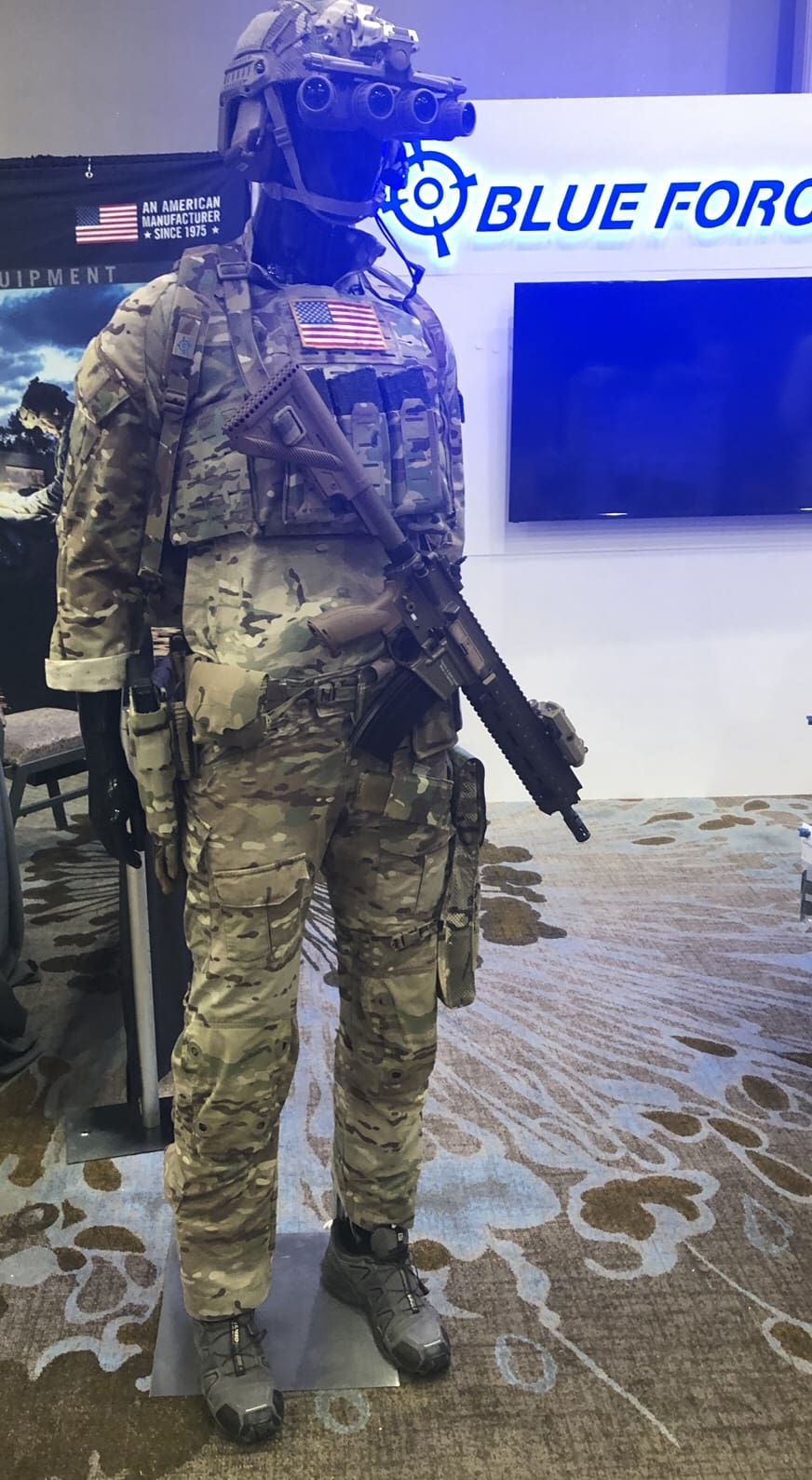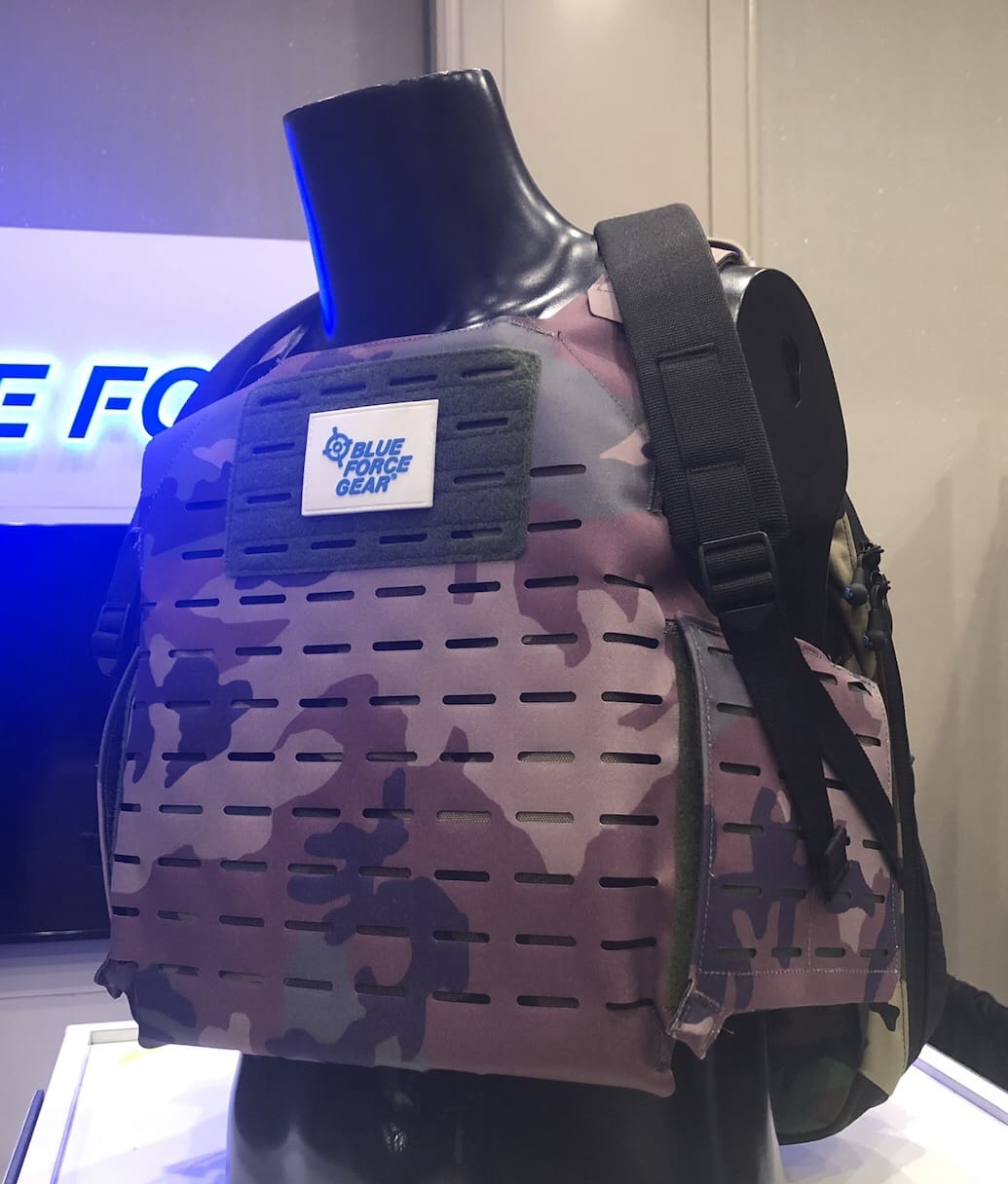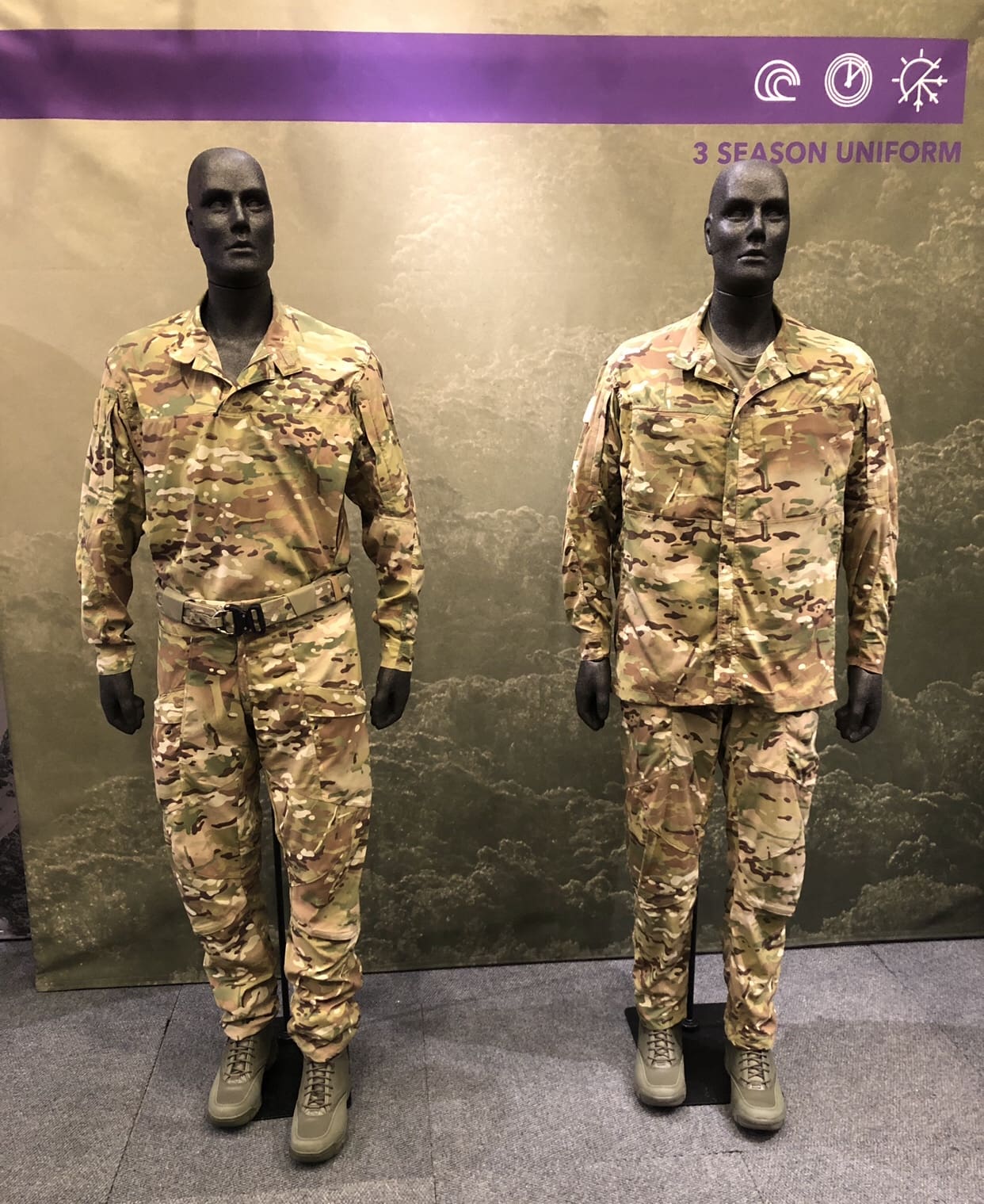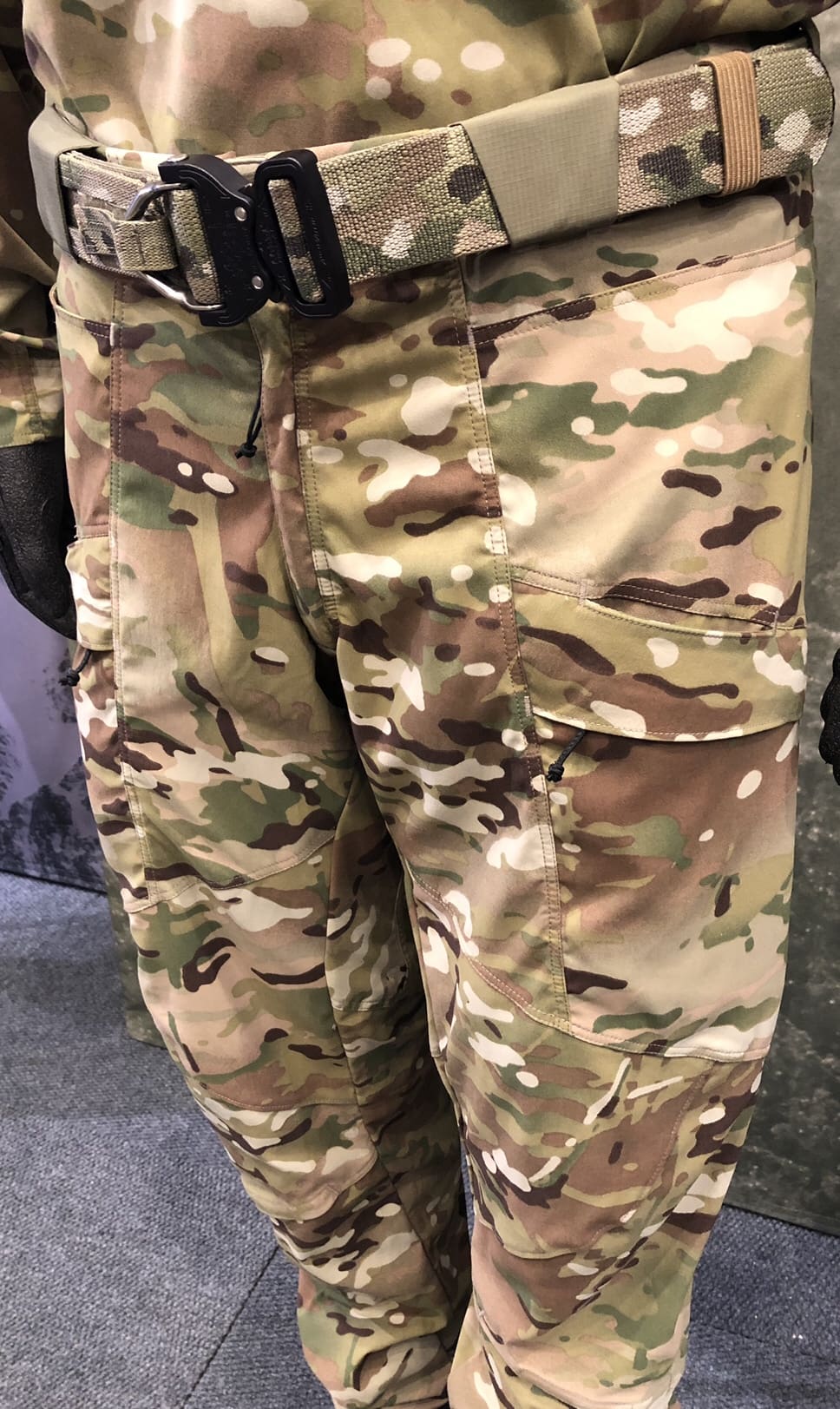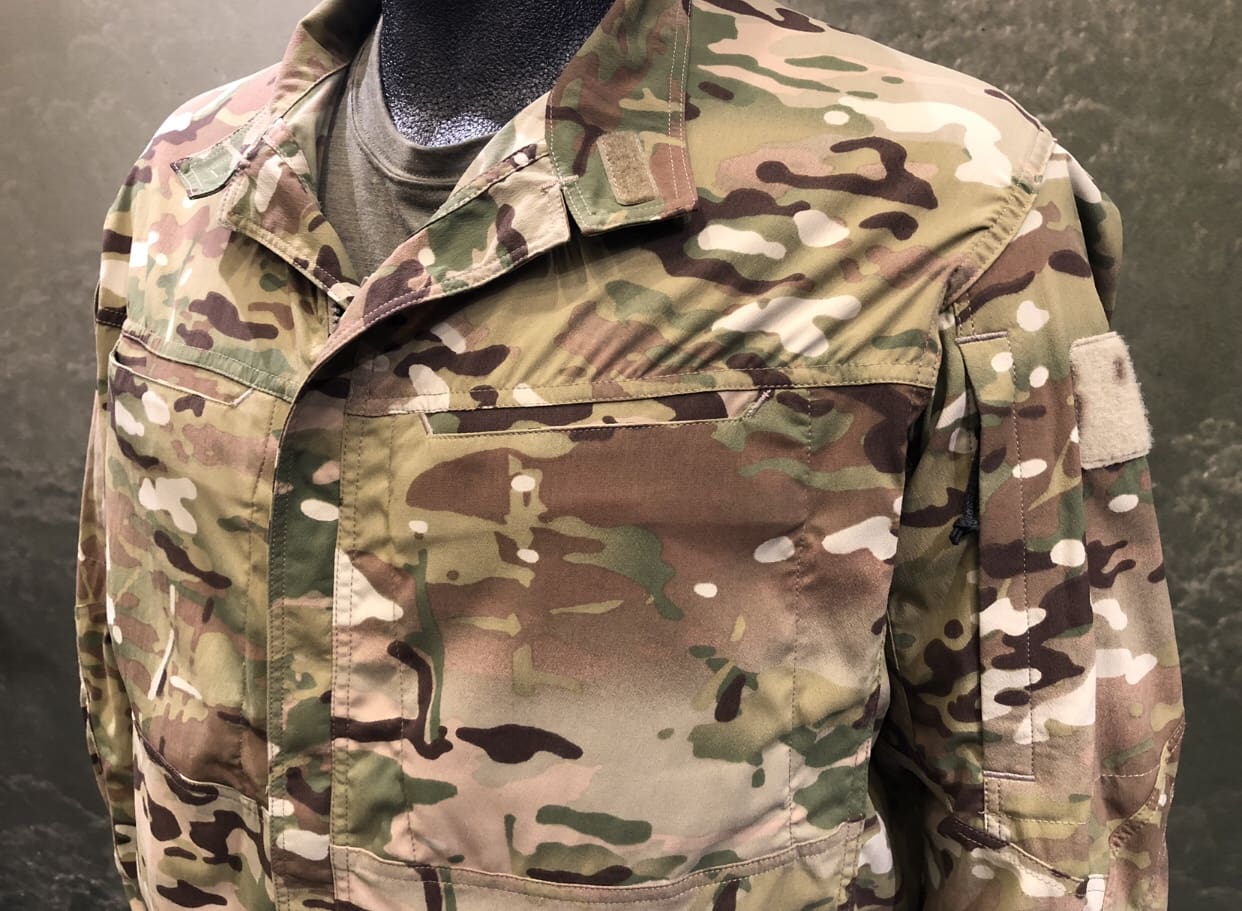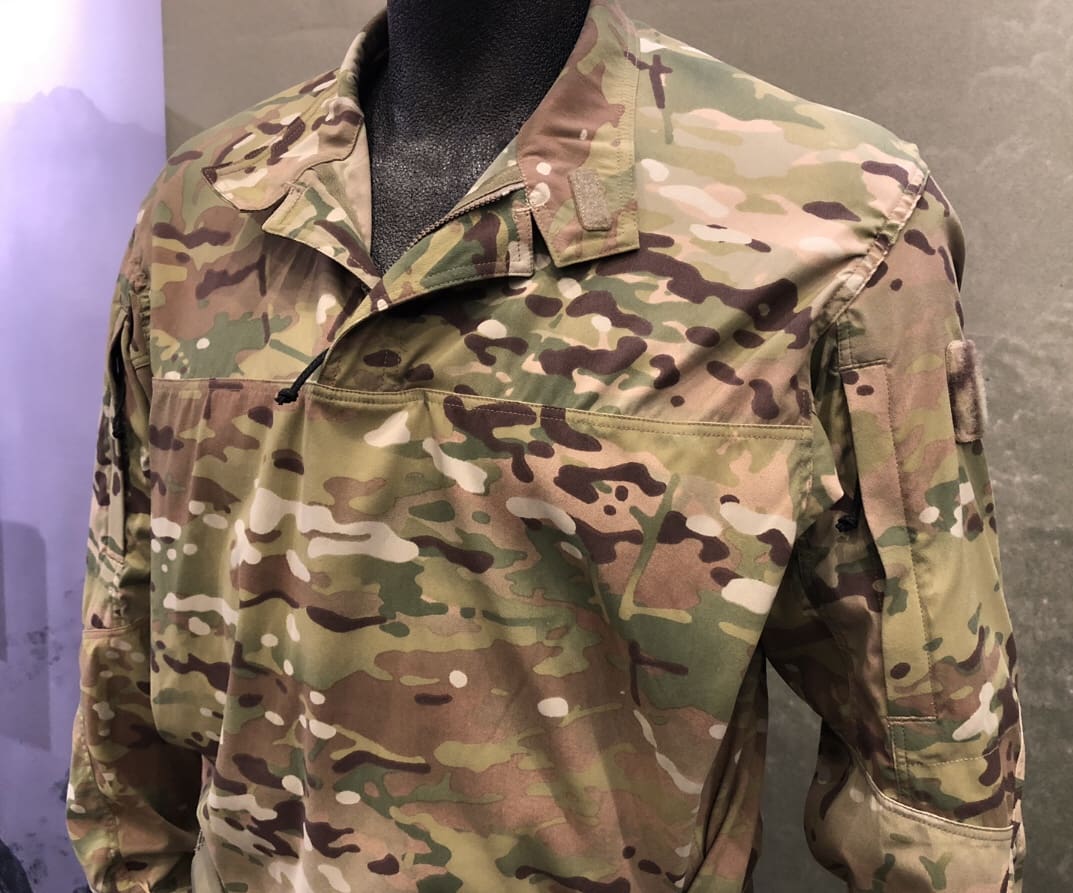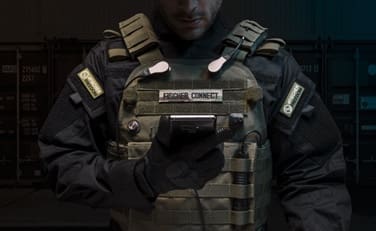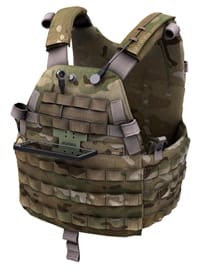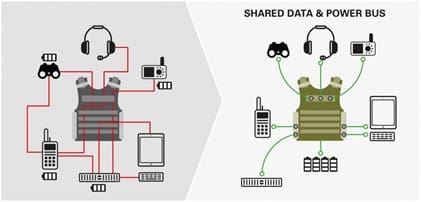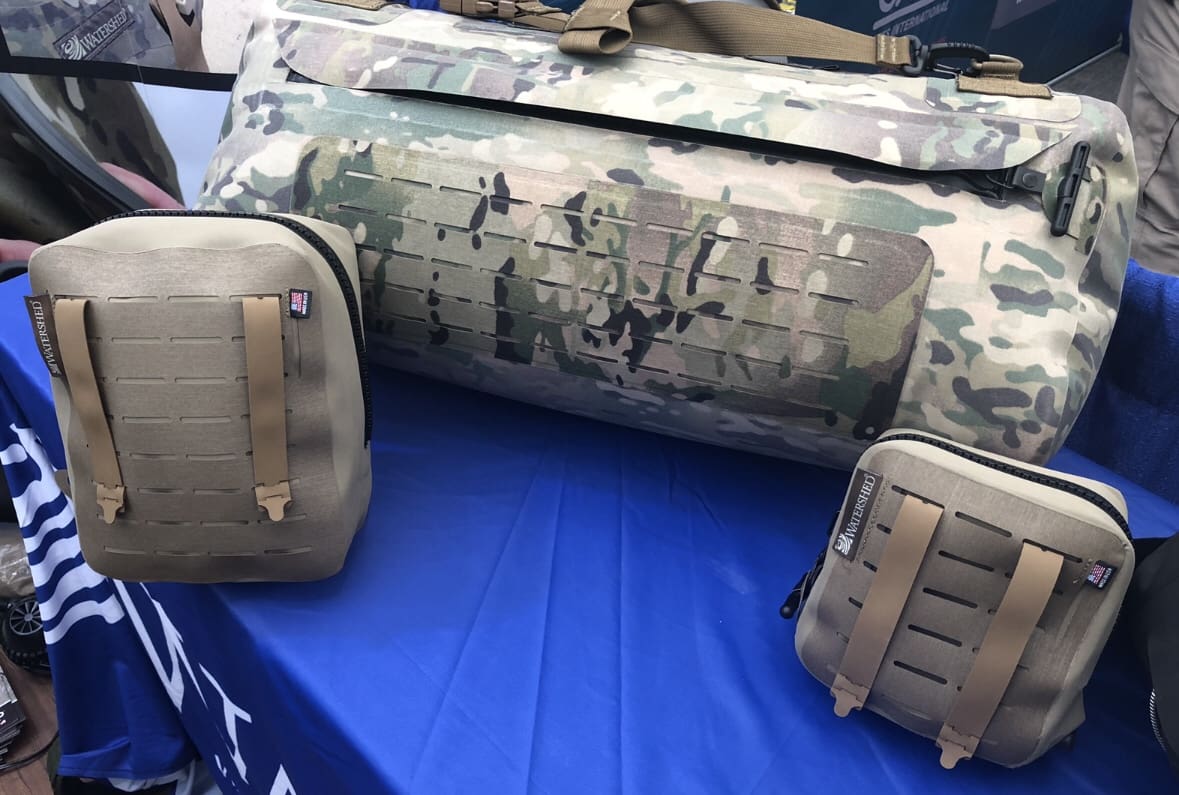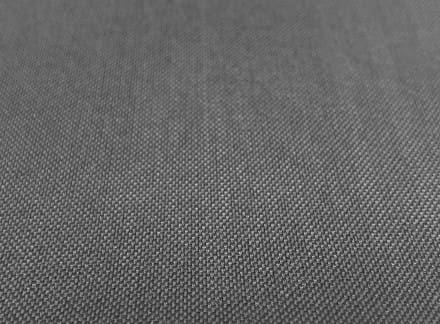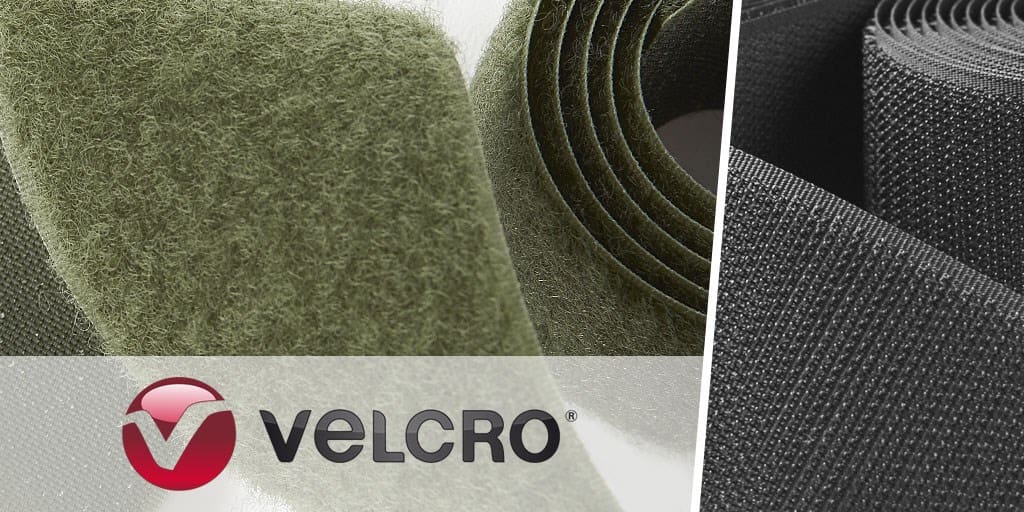Provides key leadership to drive company’s advancement as leaders in innovation and sustainability
April 4, 2019, Charlotte, NC – Elevate Textiles, a global provider of advanced, high quality products and mission critical textile solutions, announced today the appointment of Per-Olof Loof as President and Chief Executive Officer (CEO).
Launched earlier this year, Elevate Textiles was born out of the integration of American & Efird (A&E) and International Textile Group under the leadership of Platinum Equity. Elevate Textiles and its distinguished collection of portfolio brands, including A&E, Burlington, Cone Denim, Gu?termann and Safety Components, serve 25,000 customers in over 100 countries and across six continents via a global footprint that includes 37 facilities and over 15,000 employees, representing a textile company without parallel in the industry.
Brandon Crawley, Principal at Platinum Equity who has been serving as Elevate’s interim Global CEO has seen firsthand the tremendous opportunity ahead for the company and the importance of finding the right leader to fuel growth.
“Over the last several months we have been working to form the new Elevate Textiles and aggressively drive growth and synergies within our brands. We see tremendous opportunity to leverage the company’s expanded global footprint and advance as leaders in innovation and sustainability. Per brings the right passion and drive to Elevate with more than 30 years of demonstrating strategic leadership to quickly and successfully drive business growth.”
Mr. Loof has served as CEO across multiple industries and sectors, with a focus on technology, innovation and multinational operations. He most recently served 13 years as CEO of Kemet Electronics Corporation, a leading manufacturer of electronic components. Additionally, he held prior CEO positions for Sensormatic Electronics Corporation and AT&T Istel and served as Sr. Vice President for NCR and Vice President of Sales & Marketing for Digital Equipment Corporation.
“Elevate brands and operations have tremendous market credibility and the right offerings with leading innovations, sustainable solutions and unprecedented product and operational expertise to advance our industry leadership,” said Loof. “I am thrilled to join the Elevate team and look forward to working with our employees, customers and other partners worldwide to build on our strengths and drive the company to even greater levels of success.”
Elevate Textiles offers a new, innovative approach to the textiles sector, providing premium fabric and thread solutions globally. As a consolidated platform, Elevate Textiles focuses on operational excellence, innovation, and environmental sustainability, with an integrated approach to supply chain, R&D, and procurement. Elevate Textiles is committed to growth through customer collaboration, innovative product development, and delivery of premium, mission-critical textile solutions globally.
www.elevatetextiles.com
